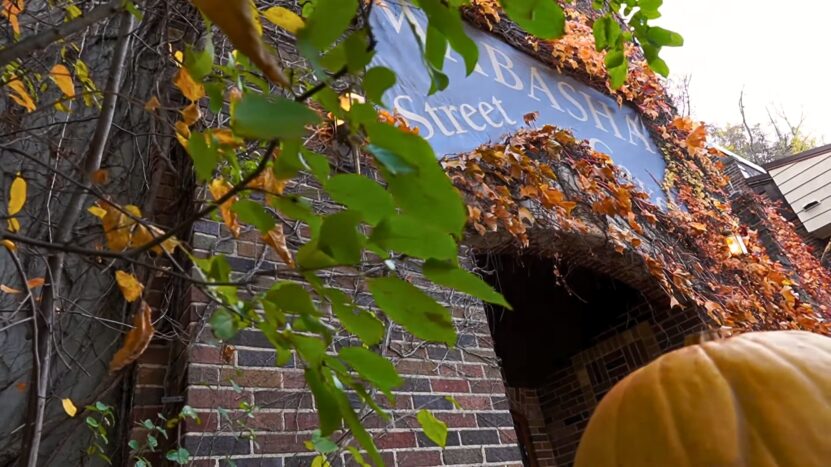The Wabasha Street Caves, nestled in the bluffs of the Mississippi River in Saint Paul, Minnesota, are a set of man-made caves with a history as intricate and layered as the sandstone they are carved from.
They have served various purposes over the years, transforming from silica mines to mushroom farms, to infamous Prohibition-era speakeasies. It really is a wonderful place filled with history. Today, we want to discuss it in greater detail.
The Geological Formation of the Caves
The geological formation of the Wabasha Street Caves is pivotal to understanding their significance. They are primarily carved into St. Peter sandstone, formed approximately 450 million years ago during the Ordovician period.
Ordovician Period
The Ordovician Period, a chapter in Earth’s history occurring between 485.4 and 443.8 million years ago, was a time of substantial geological and biological development.
During this period, the majority of the Earth’s landmass was concentrated in the southern hemisphere, contributing to the formation of various geological structures, including the St. Peter sandstone.
In this period, the high sea levels and significant marine life led to the deposition of extensive sediment layers.
These sediments, over time and under pressure, solidified into the sandstone that constitutes these structures, creating a foundation ripe for natural and man-made excavation and modification.
St. Peter Sandstone
St. Peter Sandstone, primarily composed of fine-to-medium-grained sand, is renowned for its purity and friability. This sandstone formation stretches across the Midwest of the United States, providing an ample medium for the creation.
The composition of St. Peter Sandstone not only facilitated the initial formation but also played a crucial role in determining their uses over the years.
The porous nature of the sandstone made it a suitable environment for mushroom farming, while its insulation properties were conducive to uses like storage and entertainment venues.
Initial Utilization: Silica Mining
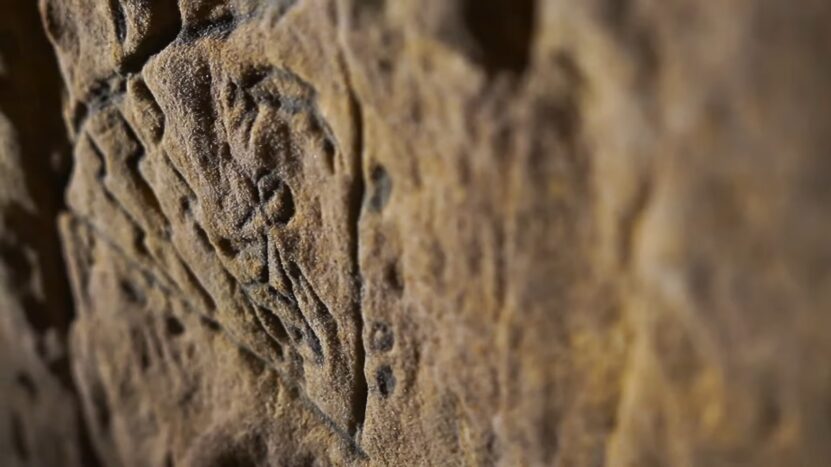
The origins of the Wabasha Street Caves are deeply intertwined with the silica sand mining industry. The high-quality sandstone was a sought-after resource, giving rise to a bustling industry around the caves.
The Mining Boom
The mining boom in the late 19th century marked the commencement of human interaction with the Wabasha Street Caves. Entrepreneurs were drawn to the quality of silica sand found inside, which was integral for the production of glass, leading to a surge in mining activities.
The demand for high-quality silica sand spurred extensive mining operations. This phase laid the groundwork for the internal structure and was the precursor to their multifaceted roles in the subsequent years, evolving from merely extraction sites to multifunctional spaces.
Impact on Local Economy
The silica sand mining industry significantly impacted the local economy, propelling the industrial growth of Saint Paul. The burgeoning industry attracted a diverse workforce, fostering economic development in the region.
However, the industry’s rapid expansion also brought about environmental concerns and regulatory scrutiny.
These rising concerns eventually led to the decline of silica mining in the region, paving the way for the caves to embrace new roles and purposes, reflecting the changing needs and values of the surrounding community.
Transformation: Mushroom Farming Era
Following the decline of the silica mining industry, the Wabasha Street Caves underwent a transformation. The unique conditions within the caves provided an ideal environment for cultivating mushrooms, leading to a new chapter in their history.
Mushroom Cultivation
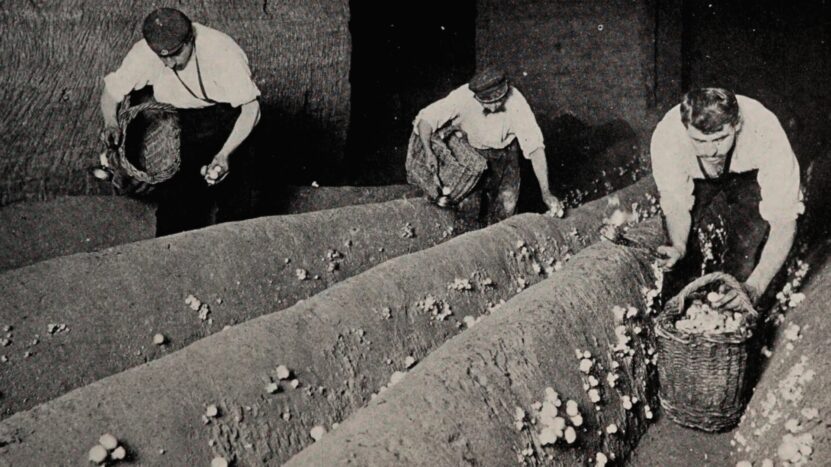
The onset of the 20th century saw the Wabasha Street Caves repurposed for mushroom cultivation. The constant temperature and high humidity levels within the sandstone caves created a conducive environment for mushroom growth.
Types of Mushrooms Cultivated included:
- White Button
- Cremini
- Portobello
Entrepreneurs capitalized on these optimal conditions, leading to a thriving mushroom farming industry within the caves, which not only added a new dimension to the caves’ history but also contributed to the local economy and food supply.
Economic and Community Impact
Mushroom farming within the Wabasha Street Caves significantly bolstered Saint Paul’s economy, creating job opportunities and fostering community development. The mushroom industry’s success also highlighted the adaptive reuse potential.
This era, marked by agricultural innovation, reinforced the multifunctional nature of this place. It exemplified how a single geological structure could seamlessly transition between varied uses, each reflecting the evolving needs and aspirations of the community it served.
Prohibition Era: The Speakeasy Days
The intriguing tapestry of the Wabasha Street Caves’ history includes its transformation into a speakeasy during the Prohibition era. This period, spanning the 1920s to the early 1930s, saw them evolve into secretive hubs of social activity and illicit liquor consumption.
The Roaring Twenties
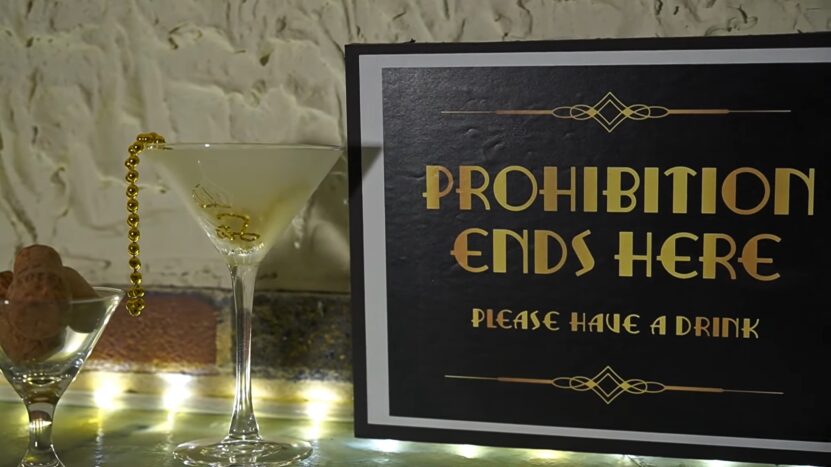
The 1920s, colloquially known as the Roaring Twenties, were characterized by social, artistic, and cultural dynamism, juxtaposed with the imposition of alcohol prohibition. The ban on alcohol led to the rise of underground bars or “speakeasies“, and this place was no exception.
During this era, it became a clandestine sanctuary for those seeking to experience the thrill of forbidden pleasures. The labyrinthine structure provided an ideal location for hidden gatherings and the consumption of illicit beverages, adding a layer of mystery and allure to their evolving history.
Organized Crime Connections
The secrecy and illegality surrounding speakeasies during Prohibition often intertwined them with organized crime.
These connections to organized crime painted the caves with strokes of intrigue and notoriety. Stories of clandestine meetings and illicit activities became ingrained in the lore of this place, contributing to their enduring mystique and appeal.
Post-Prohibition: A Venue for Entertainment
The end of Prohibition in 1933 marked another transformative chapter. They evolved into legitimate entertainment venues, hosting a variety of events and becoming a cultural landmark in Saint Paul.
The Swing Era
With the repeal of Prohibition, the Wabasha Street Caves transitioned from a hub of illicit activities to a popular and legal entertainment venue. The Swing Era of the 1930s and 1940s saw the caves hosting swing music events, drawing crowds from various walks of life.
This era highlighted this place’s versatility as a public space, providing a unique backdrop for social interactions and cultural expressions.
The resonance of swing music within the sandstone walls created an atmosphere imbued with energy and rhythm, shaping memories and experiences for all attendees. In memory of those days, even in modern days, swing nights are organized at the caves.
A Cultural Landmark
The Wabasha Street Caves’ transformation into an entertainment venue solidified their status as a cultural landmark in Saint Paul. The diverse range of events hosted within them —ranging from music concerts to weddings—illustrated their adaptability and enduring appeal.
Their evolution into a cultural hub is a testament to the multifaceted nature. The ever-changing tapestry of events and gatherings within their walls continues to weave the story of the Wabasha Street Caves, blending past legacies with contemporary expressions.
Conservation and Modern Significance
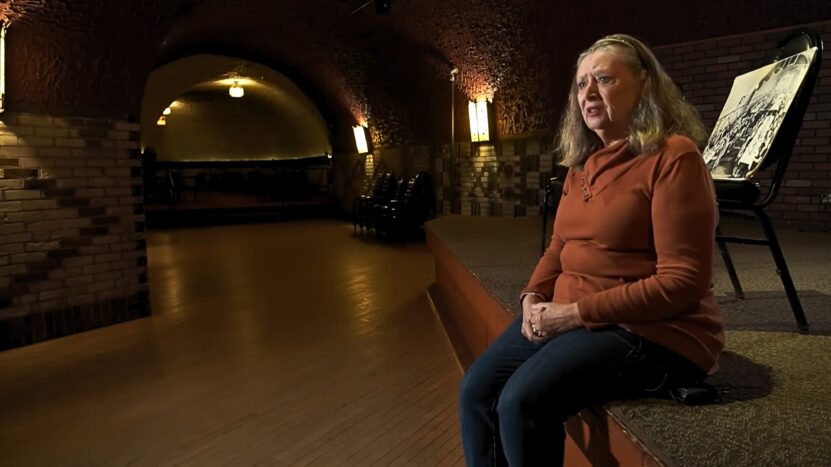
The contemporary significance of the Wabasha Street Caves is interlaced with conservation efforts. They serve as a living testament to the varied historical chapters of Saint Paul, with ongoing initiatives ensuring their preservation and sustained relevance.
Preservation Efforts
The intricate history and unique structure have spurred numerous conservation initiatives. Preservationists and local authorities have collaborated to maintain the structural integrity of the caves and safeguard their historical legacy.
These concerted efforts aim to strike a balance between enabling modern usage and preserving historical elements. They ensure that the caves continue to narrate the multifarious tales of their past, serving as an enduring symbol of Saint Paul’s rich heritage.
Enduring Legacy and Tourism
The Wabasha Street Caves today stand as a monument to the eclectic history of Saint Paul, attracting tourists, historians, and locals alike. They offer guided tours, providing insights into their storied past and the myriad roles they have played over the years.
The fusion of historical richness and contemporary engagement positions they have as an invaluable asset to the city.
Their enduring allure and multifaceted legacy continue to captivate the imaginations of visitors, allowing the echoes of bygone eras to resonate with the present and future generations.
Architectural Marvel: The Structural Design
The structural uniqueness of the Wabasha Street Caves is another remarkable aspect of their history. The combination of natural formations and human modifications has resulted in an architectural tapestry that enhances their multifunctional nature.
Natural Formations
The inherent architectural elements of the Wabasha Street Caves are products of natural geological processes. The sandstone composition has shaped their appearance, texture, and internal climate, providing a distinct environment.
The interplay of natural elements inside has created unique acoustics and ambience, essential for their roles as entertainment venues.
These inherent attributes, combined with human interventions, have shaped the multifaceted nature, allowing them to adapt to varied uses throughout their history.
Human Modifications
Over the years, human activities have introduced architectural modifications to the Wabasha Street Caves. From mining excavations to the creation of entertainment spaces, each era has left its imprint on the structural design.
These modifications have enhanced the functionality and accessibility, facilitating their transformation across different epochs.
The amalgamation of natural and man-made architectural elements has rendered them a living canvas, reflecting the evolving human interactions and aspirations.
Portrayals: Media and Popular Culture
The Wabasha Street Caves have transcended their physical existence, finding representations in media and popular culture. Their historical richness and mystique have inspired creative expressions, contributing to their legendary status.
Literature and Film
The tales of the Wabasha Street Caves have been woven into various literary works and films. Their rich history, laden with secrecy, crime, and cultural vibrancy, has provided fertile ground for storytelling, sparking the imagination of writers and filmmakers alike.
Through these portrayals, its legacy has reached wider audiences, allowing the exploration of their multifaceted history through different lenses. These creative expressions have contributed to the enduring fascination and mythos surrounding them, amplifying their significance.
For ghost-hunting enthusiasts, the caves prove to be some of the spookiest locations around.
Documentaries and Historical Studies
The diverse historical phases of the Wabasha Street Caves have also been the focus of documentaries and academic research. Scholars and filmmakers have delved into the past, unraveling their layers and shedding light on their myriad transformations.
These analytical and informative portrayals have enriched this place’s significance. They have enabled a deeper exploration of the socio-cultural, economic, and historical dimensions of the Wabasha Street Caves, enhancing their stature as a subject of academic and public interest.
FAQs
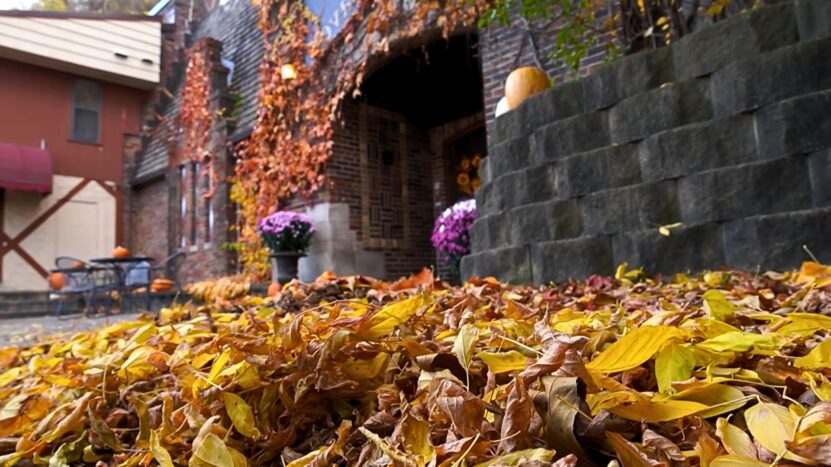
Were the caves associated with any criminal figures?
Yes, the Wabasha Street Caves are rumored to have been frequented by several infamous gangsters during the Prohibition era, including Ma Barker and John Dillinger.
How have the caves been used for entertainment?
Post-Prohibition, the caves have served as unique venues for various entertainment events, including swing music concerts, and have continued to be a cultural and entertainment hub in Saint Paul.
What efforts are being made to preserve the Wabasha Street Caves?
Numerous conservation initiatives and preservation efforts are underway to maintain the structural integrity and historical legacy, involving collaboration between preservationists and local authorities.
Can the public visit the Wabasha Street Caves?
Yes, the Wabasha Street Caves are open to the public, and guided tours are available, offering insights into the storied past and the myriad roles they have played over the years.
Summary
The Wabasha Street Caves are a living testament to the entwined destinies of natural formations and human endeavors. Their journey, from geological formations to multifunctional spaces, epitomizes adaptability and resilience.
The caves have been the silent witnesses to numerous historical transitions, from mining activities to cultural renaissances, each layer adding to their rich tapestry.

